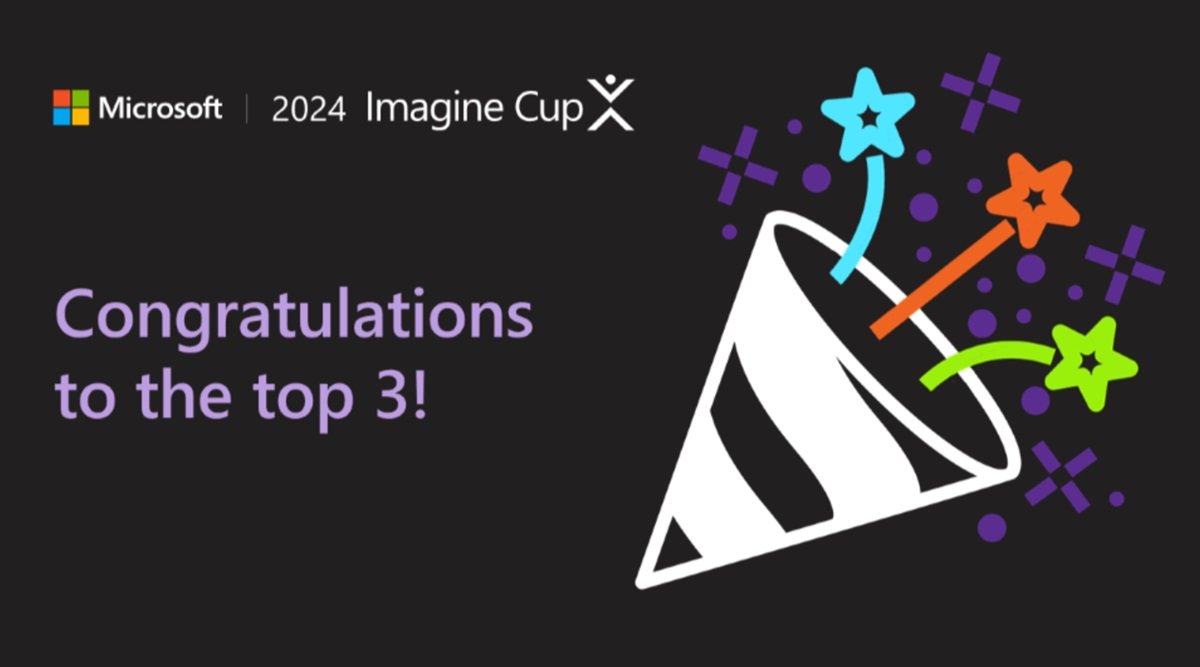Charbel Khneisser, Vice President of Solutions Engineering EMEA at Riverbed Technology, explains that Saudi Arabia aims to be a global AI leader with a US$40 billion investment fund, focusing on automation that will help the organisations in the Kingdom optimize their operations, reduce outages, and improve customer experiences.
With its National Strategy for Data & AI, and intentions to create a US$40 billion fund dedicated to AI-based investments, Saudi Arabia is clearly eyeing being a global leader in this field. Following the government’s leadership, enterprises in the kingdom have begun exploring innovative ways to implement AI. And of the many potential applications, automation stands out as one that can deliver immediate and impressive outcomes.
The Impact of Automation
For Saudi businesses, the value of automation lies in its ability to augment the abilities of IT teams who, under the mandate of accelerating digital transformation at a breakneck pace, must find the most efficient and effective ways to keep digital systems at peak performance. AI-powered automation empowers the time-strapped teams to gain observability over their infrastructure, applications and devices to better process and manage content; streamline workflows; make data-driven decisions; optimise costs; improve network performance; and – often most importantly – manage incidents proactively, or self-heal.
With technology underpinning the success of Vision 2030, Saudi IT leaders are taking a more prominent role in the boardroom. In the resultant face of more frequent questioning around digital transformation efforts, self-healing brings myriad benefits. Firstly, it can reduce unplanned outages and eliminate performance issues from user journeys, elevating the customer experience. It can also help businesses overcome forecasting challenges, optimising resources to cut software and infrastructure overcapacity. Finally, it can drive the development of higher-quality applications, reducing the amount of testing so organisations can bring products to market faster.
The route to self-healing isn’t as simple though as installing an automation solution and instructing it to run, as is presumed by so many – who are then disappointed in the process when it doesn’t work as anticipated. To reach an optimum level of maturity and realise their goals, organisations should ensure several key components in the automation process are secured and understood.
Clarity, integrity, fidelity: the importance of robust, domain-spanning data
Automation isn’t simply an outcome of AI – it’s also a driver of it. Any intelligent technology is only as smart as the data it’s given, and to maximise its potential, this data must have clarity, integrity, and fidelity. Plus, it must be fully extracted across all domains – from a business’s infrastructure and networks to its apps and logs – to build a complete picture and accurate machine-learning model. Ultimately, correlation based on incorrect or fragmented data is nothing more than coincidence.
Given the kingdom’s ongoing digital banking revolution, its perhaps prudent to consider the many financial management apps that currently growing in popularity. These connect to a user’s mobile banking accounts and give insight into their spending. If this user has a combination of account types – for instance, a current account, savings account, and debit and credit cards – it’s critical the app pulls in data from each of these to provide the whole reality of their expenses and lifestyle.
However, such abilities are inhibited by disconnected legacy systems and disparate data stored in silos. Ironically, the ultimate outcome of automation – observability – needs to be present to begin with to unify this fragmented data and enable outdated technologies to communicate with each other. There are solutions on the market, like Riverbed’s unified observability portfolio, which can expedite this process while unlocking all the benefits of automation.
Building a baseline to address anomalies
Once a business has harvested quality data, it’s imperative they set a baseline – understanding and recording what’s usual across systems and devices so anomalies can be identified and addressed. This is akin to going for a blood test; without keeping accurate and timely medical records, all a doctor could tell you was whether they’d found anything of note in that one particular sample, regardless of how well or unwell you were feeling. By examining your record and taking samples over time, healthcare professionals can detect deviations in data points and see what’s wrong based on your own personal ‘normal’ – seeking out one-off or recurring problems and prescribing medication to restore you back to full health.
A baseline can be established based on mathematical machine-learning formulas. However, application data, network data, end-user data and infrastructure data are all different, and should be treated and tracked in that way. That’s why when choosing a unified observability solution provider, it’s imperative they’ve carried out the analysis that gives the flexibility to use the right formulas and data science in the correct places, driving the incident correlations organisations require.
Self-healing begins with self-detection
After an effective baseline is established, automation can start. To automate the healing process, businesses must first automate the detection process, introducing scripts that alert to incidents and where they’re coming from. This helps avoid false positives and human errors while allowing for the correlation of individual issues, identifying bigger problems and their roots to accelerate mean time to detect (MTTD) or mean time to know (MTTK).
Only at this point may the self-healing process begin. Automation scripts can be used to speed up mean time to fix (MTTF) or mean time to repair (MTTR) – addressing situations before users complain and driving ongoing optimisations.
As Saudi businesses set their sights on AI, they must first recognise the criticality of having robust data and an effective machine-learning mechanism. Furthermore, the nation’s IT leaders need to shift their approach from remedying individual incidents to overarching problem management, and fixes must be verified and fed back into the system for future learning. This will create a before-and-after picture that allows for continuous improvement and increasingly more powerful results.












Leave a Reply